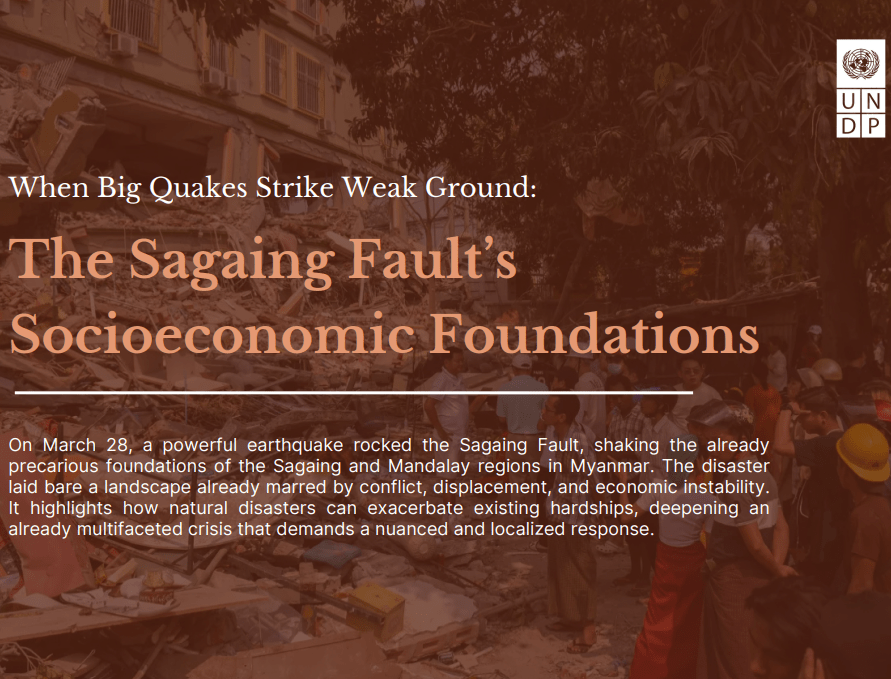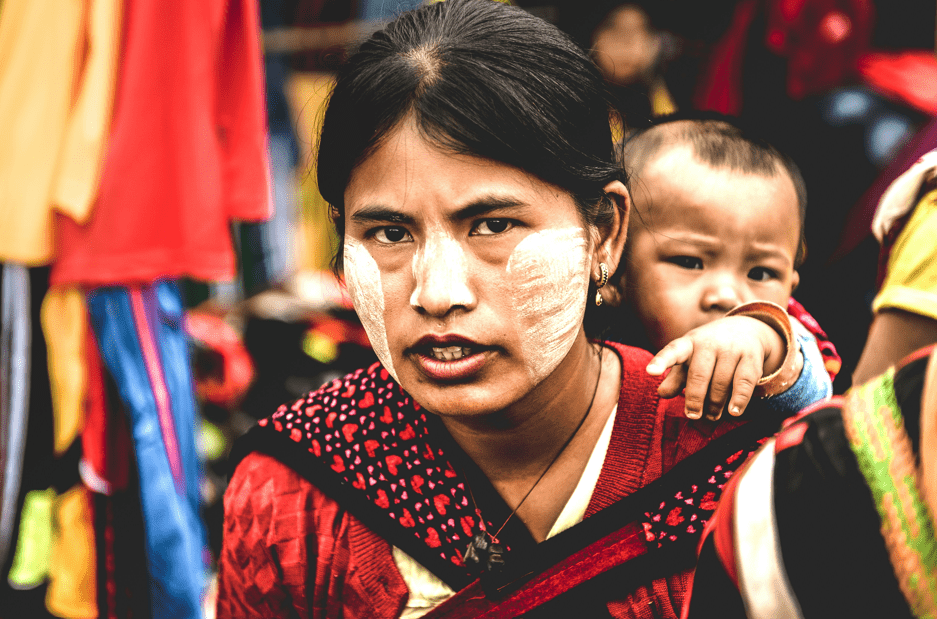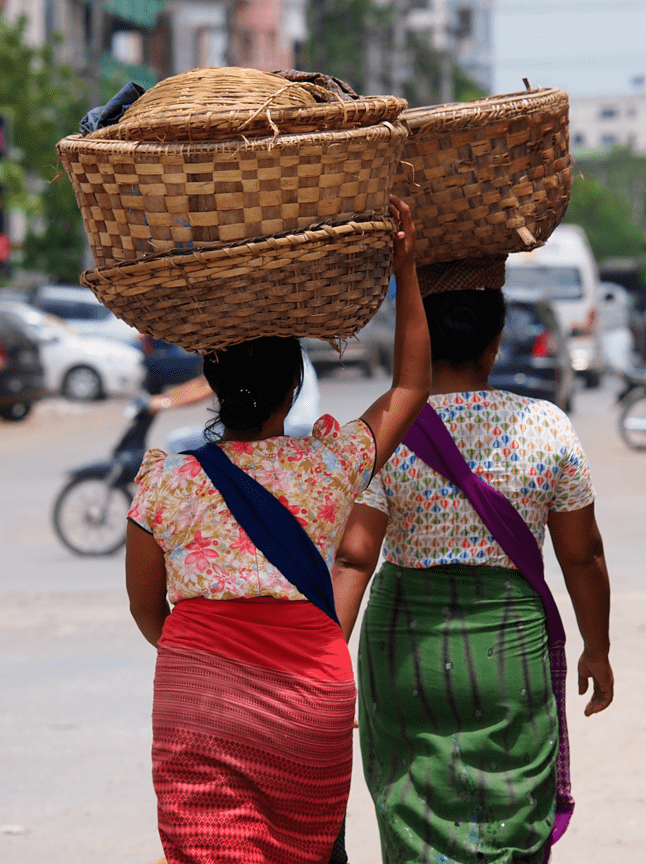
The Sagaing Fault’s Socioeconomic Foundations
While the earthquake delivered a sudden and devastating blow, it did so upon a foundation
The military takeover has added additional burdens on the garment sector which had already suffered from the COVID-19 pandemic in terms of salaries, working hours, and overall working conditions. Until 2020, Myanmar’s garment sector employed over one million workers, particularly women, and halved the country’s poverty rates between 2005 and 2017.
Sepetember 2022
The military takeover has added additional burdens on the garment sector which had already suffered from the COVID-19 pandemic in terms of salaries, working hours, and overall working conditions. Until 2020, Myanmar’s garment sector employed over one million workers, particularly women, and halved the country’s poverty rates between 2005 and 2017. However, due to the twin crises, garment workers’ livelihoods can further deteriorate, with potential intergenerational consequences, thus making the effects of the ongoing crisis long-lasting. The recent World Bank economic monitor and business surveys indicated that the sector may have started recovering slowly, but this may be stalled in case the trade sanctions imposed on Myanmar are widened and deepened.
This situation analysis encompasses the experiences of 1,600 (1,200 female and 400 male), including current and former garment sector workers as well as firm owners to understand the impacts of the military takeover on their livelihoods and businesses and how they are coping with the ongoing crisis and their overall outlook on life.

While the earthquake delivered a sudden and devastating blow, it did so upon a foundation

Myanmar is grappling with an unprecedented “polycrisis” that has reshaped every aspect of life over

Coming soon Coming Soon Unveiling the Household-Based Human Development Index in Myanmar: Concentrated Loss and

Coming soon Coming Soon An Unfolding Exodus: Migration and Youth Perception To be published Coming